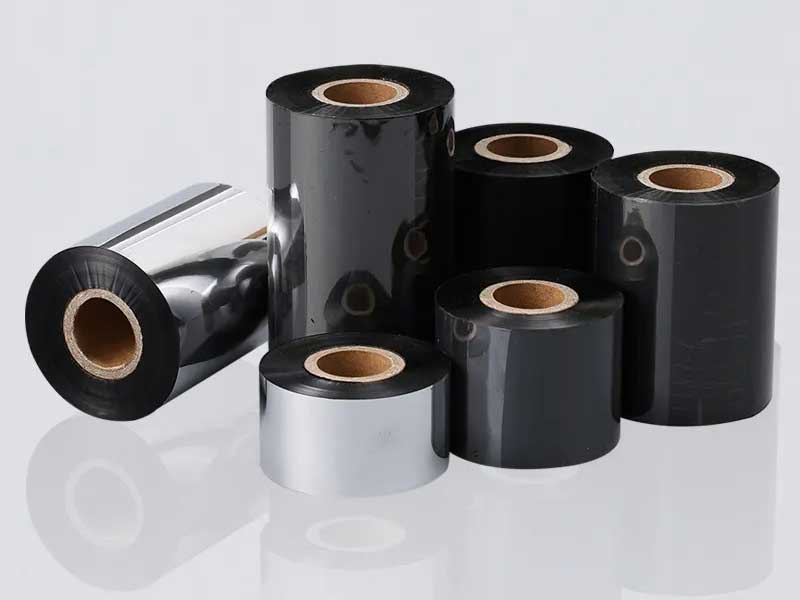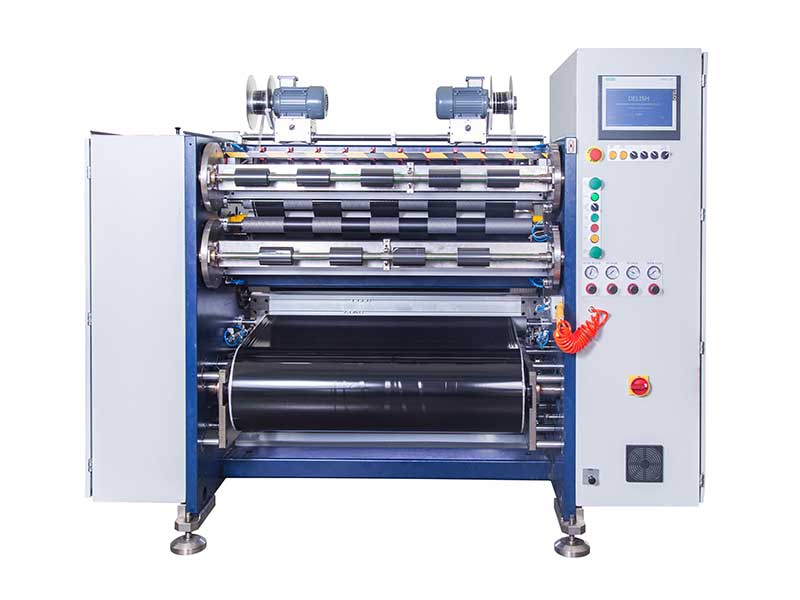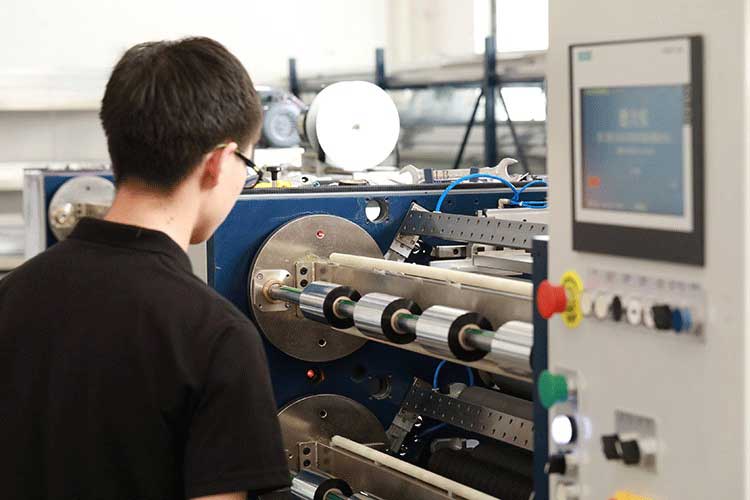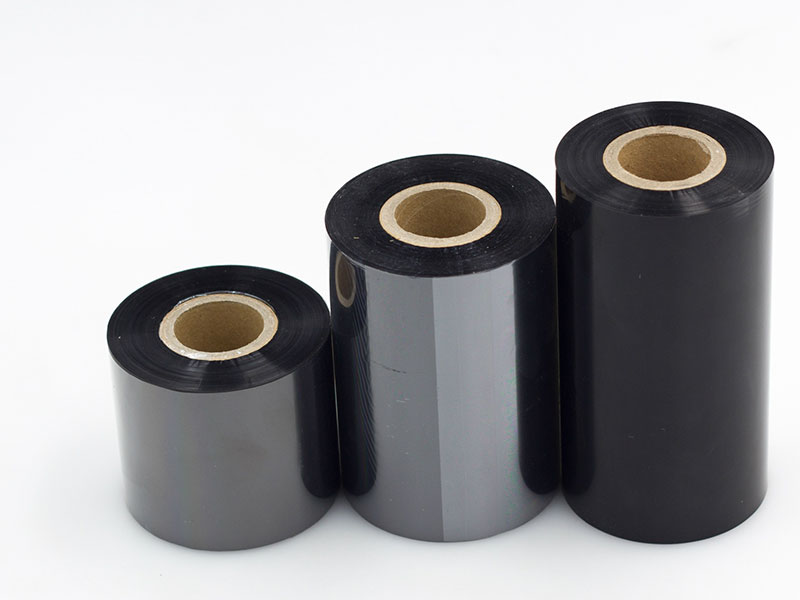The following is a simulation of a conversation with industry experts that analyzes the future direction of ribbon slitting technology, covering technological innovation, market demand and industry trends:
Q: As an expert in the field of ribbon slitting technology, what do you think are the main challenges facing the industry today?
Experts: The current challenges focus on three main areas:
1. Balance between precision and efficiency: The demand for high-precision slitting (such as ±0.05mm tolerance) is increasing, but it is difficult for traditional mechanical slitting machines to take into account speed and stability;
2. Material diversity: new ribbons (such as high-temperature, low-resistance alloy materials) put forward higher requirements for the wear resistance of slitting tools;
3. Intelligent shortcomings: Most enterprises still rely on manual inspection of slitting quality, and the penetration rate of real-time monitoring system is less than 30%.

Q: What technological innovations may change ribbon slitting technology in the future?
Experts: Five key technologies worth paying attention to:
1. Laser slitting instead of mechanical blades:
◦ Advantages: Non-contact cutting reduces burrs, especially suitable for ultra-thin ribbons (thickness < 0.03mm);
◦ Bottleneck: The cost of equipment is high (about 2-3 times that of conventional equipment), but it is expected that the popularity of fiber lasers will accelerate after 2026 as the price reduction of fiber lasers increases.
2. AI visual real-time correction system:
◦ Dynamic path correction during the slitting process is achieved with a high frame rate camera (500 fps or more) + deep learning algorithm, which reduces the scrap rate from 1.2% to less than 0.3%.
3. Nano Coated Tools:
◦ The life of the round knife with TiAlN/TiSiN composite coating is increased by 4-5 times, which is suitable for slitting special ribbons with ceramic fillers.
4. Digital Twin Pre-Commissioning:
◦ Optimize slitting parameters in advance through virtual simulation to reduce trial-and-error losses in actual production.
5. Modular Design:
◦ Quick change of slitting unit (e.g. 6mm/10mm specification within 15 minutes) to meet the needs of small batch customization.

Q: How do changes in demand in downstream industries (such as flexible electronics, automotive sensors) affect the development of slitting technology?
Experts: End-use applications are driving two major transformations:
1. Surge in demand for ultra-narrow slitting:
◦ The ribbon width required for flexible OLED panels has been reduced to less than 0.5 mm, requiring sub-micron motion control accuracy in slitting equipment.
2. Environmental compliance pressure:
◦ The new EU regulation (EU 2023/814) requires a 40% reduction in solvent emissions during ribbon slitting, and promotes the development of water-based coolant and dry slitting processes.
3. Retrospective Requirements:
◦ Automotive-grade ribbons require a unique ID code for each roll, prompting slitters to integrate laser marking and blockchain data logging.

Q: How will the competitive landscape of the industry evolve in the next 3-5 years?
Experts: will present "polarization":
• Leading companies (such as Iwasaki of Japan and Schneider of Germany): focusing on fully automatic production lines (a single equipment worth more than 2 million US dollars), focusing on the high-end PV/semiconductor market;
• Small and medium-sized manufacturers: survive through differentiation, such as:
◦ Specializing in special-shaped slitting (hypotenuse, trapezoidal cross-section);
◦ Provide one-stop service of slitting + labeling;
◦ The leasing sharing model reduces the initial investment of customers.
The global market size is expected to reach $480 million in 2027, with a CAGR of about 6.5%, of which Asia's share will exceed 45% (China accounts for more than 60%).
Q: What advice would you give to companies planning to invest in ribbon slitting technology?
Experts: Recommend Prioritized Layout:
1. Talent echelon: compound engineers who understand both mechanical design and AI algorithms;
2. Patent barriers: focus on applying for utility model patents such as laser slitting path optimization and waste recycling system;
3. Customer collaborative development: Jointly build a laboratory with ribbon material manufacturers (such as Toray and DuPont) to intervene in the verification of new product slitting process in advance.
Risk warning: It is necessary to be wary of the potential substitution threat of hydrogen fuel cell technology route to the traditional ribbon market.
If you need to delve into a specific direction (such as laser slitting parameter optimization, specific material suitability, etc.), you can further develop the technical details analysis.

it uses precise cutting to cut out a more economical, more efficient and more environmentally friendly development path for enterprises.
29. December, 2025
Modern high-quality ribbon slitting machine combines automation, intelligence and high precision:
29. December, 2025
Through precise local upgrading, process optimization and intelligent transformation, small and medium-sized enterprises can achieve a great leap in production efficiency with limited resources.
29. December, 2025
The portable ribbon slitting machine, with its exquisite body, leverages the deep transformation of the traditional production and service model.
26. December, 2025
It's not just a superposition of features, but an art of finding a fine balance on the edge of a sharp blade.
26. December, 2025